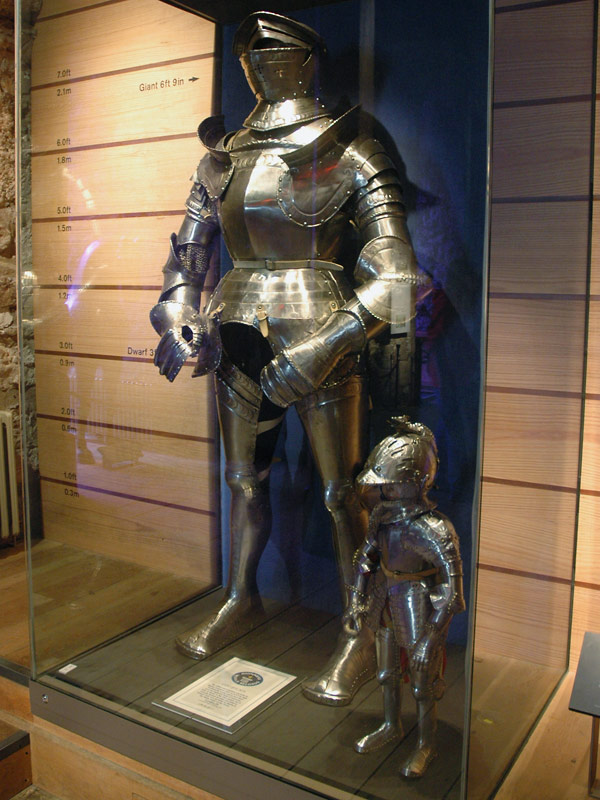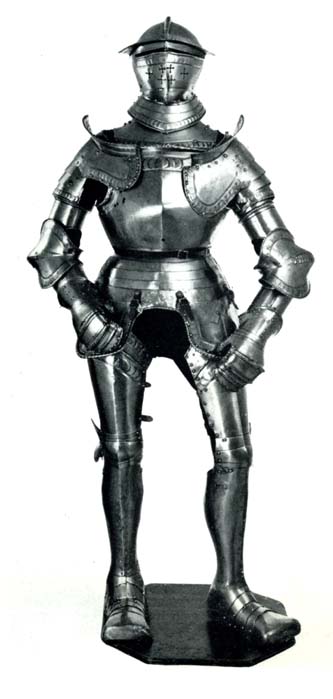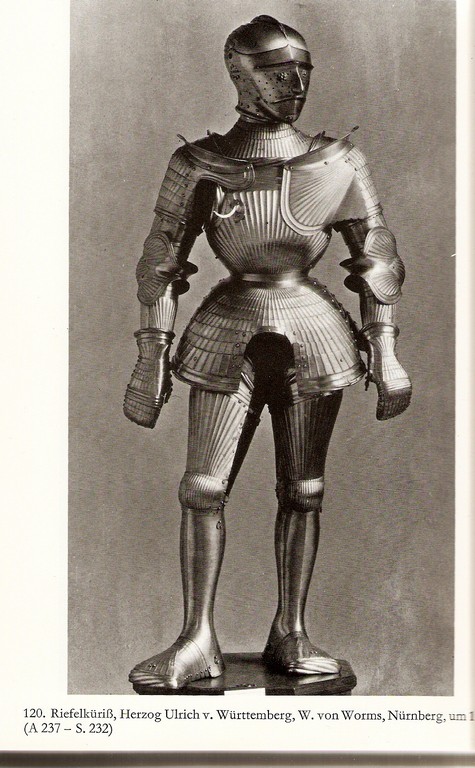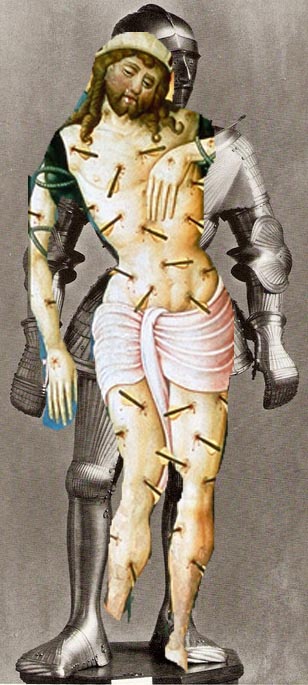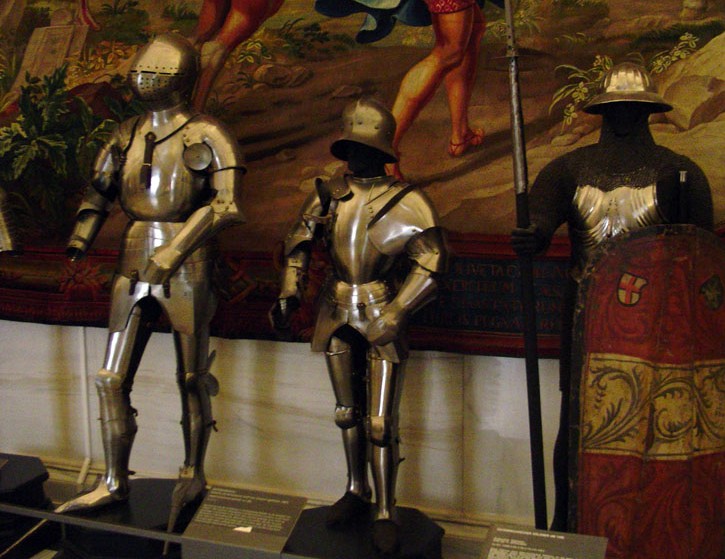Of course, then as today, there were above-average height people. Some of them left behind beautiful armours. Here are a couple. I'd love to see more.
The first is a composite North German Heavy Field Armour from the armoury of Heinrich I, Duke of Brunswick-Wolfenbuttel. It's dated 1549. The size of the greaves indicate some of its parts were meant for someone about 6 feet 4 inches.
The second is the harness of Ulrich IX von Matsch, dated to c. 1450. I'm not sure of the exact height, but you can see the difference in height in the pic of armours from Churburg below. Note: In that pic, it's displayed with a great bascinet that doesn't belong. The second pic shows it with a sallet that does.
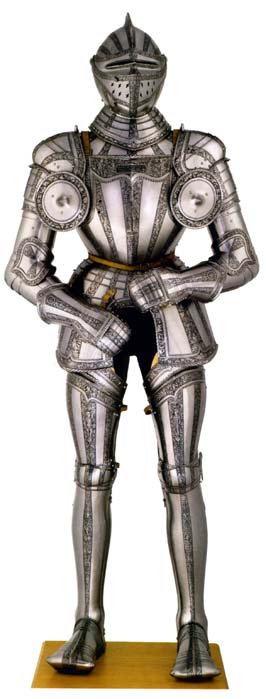
North German Heavy Field Armour from the armoury of Heinrich I, Duke of Brunswick-Wolfenbuttel
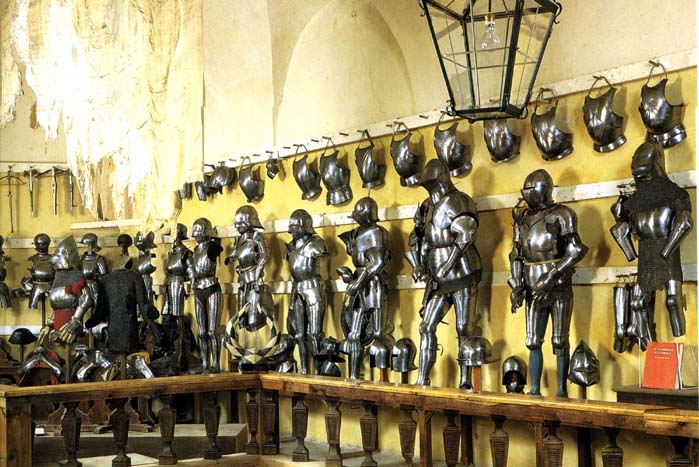
From the Churburg Castle Armoury.
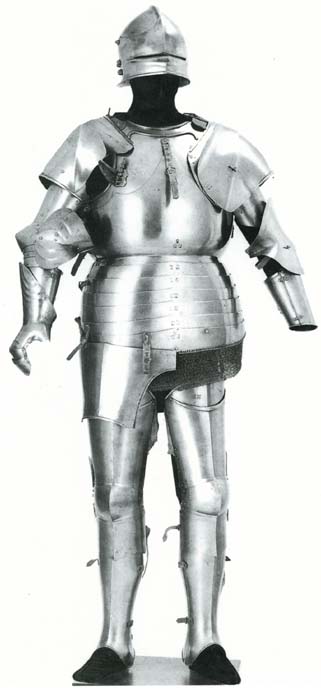
Harness shown with sallet.
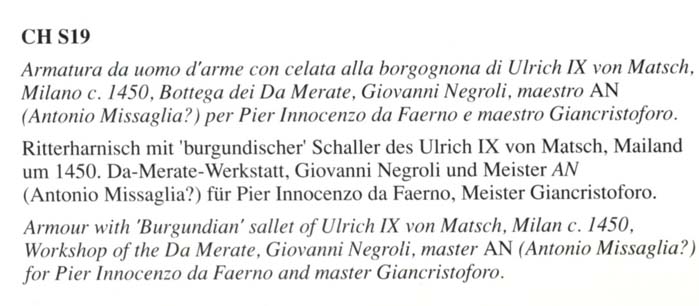
Catalogue text
